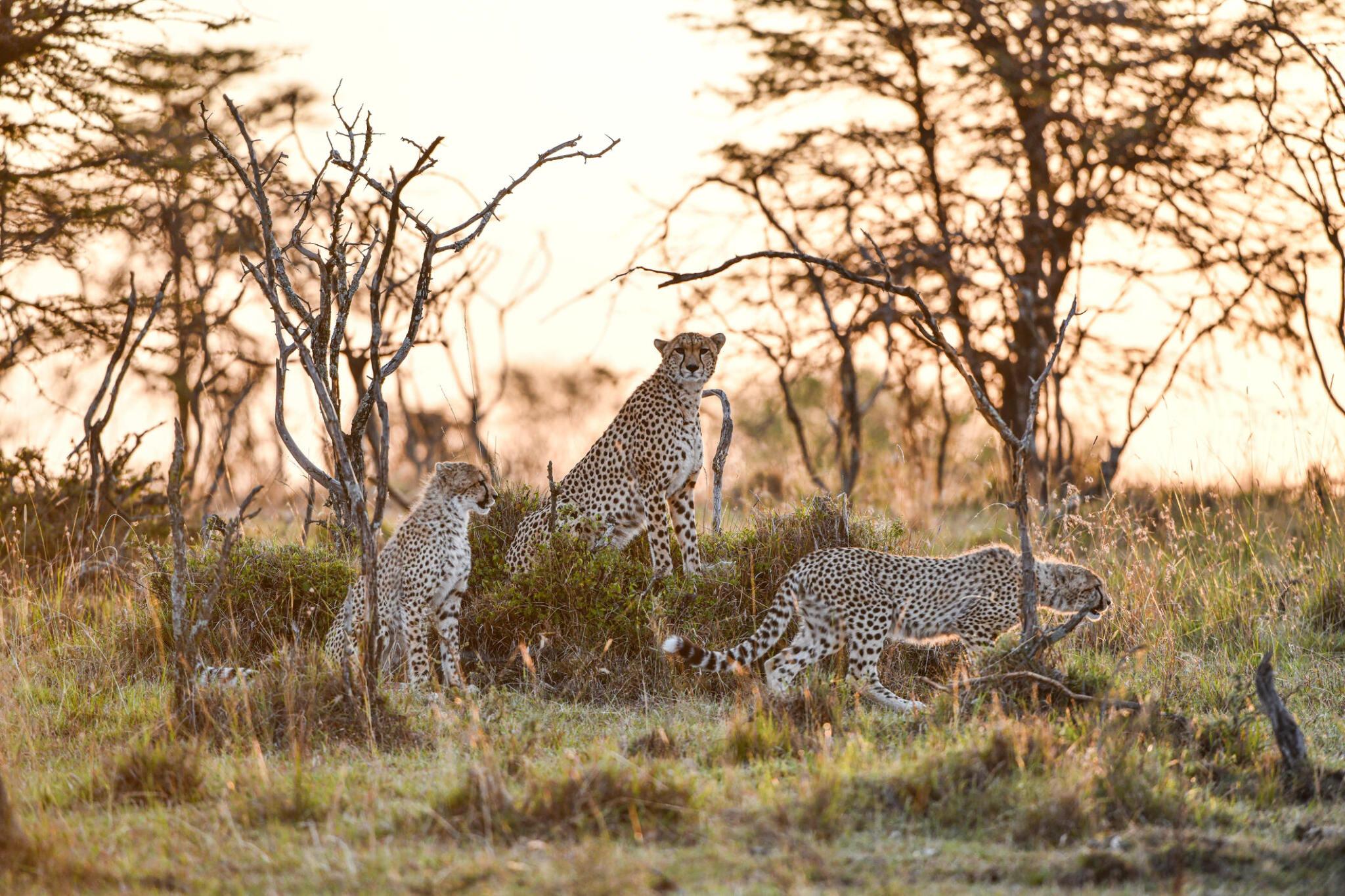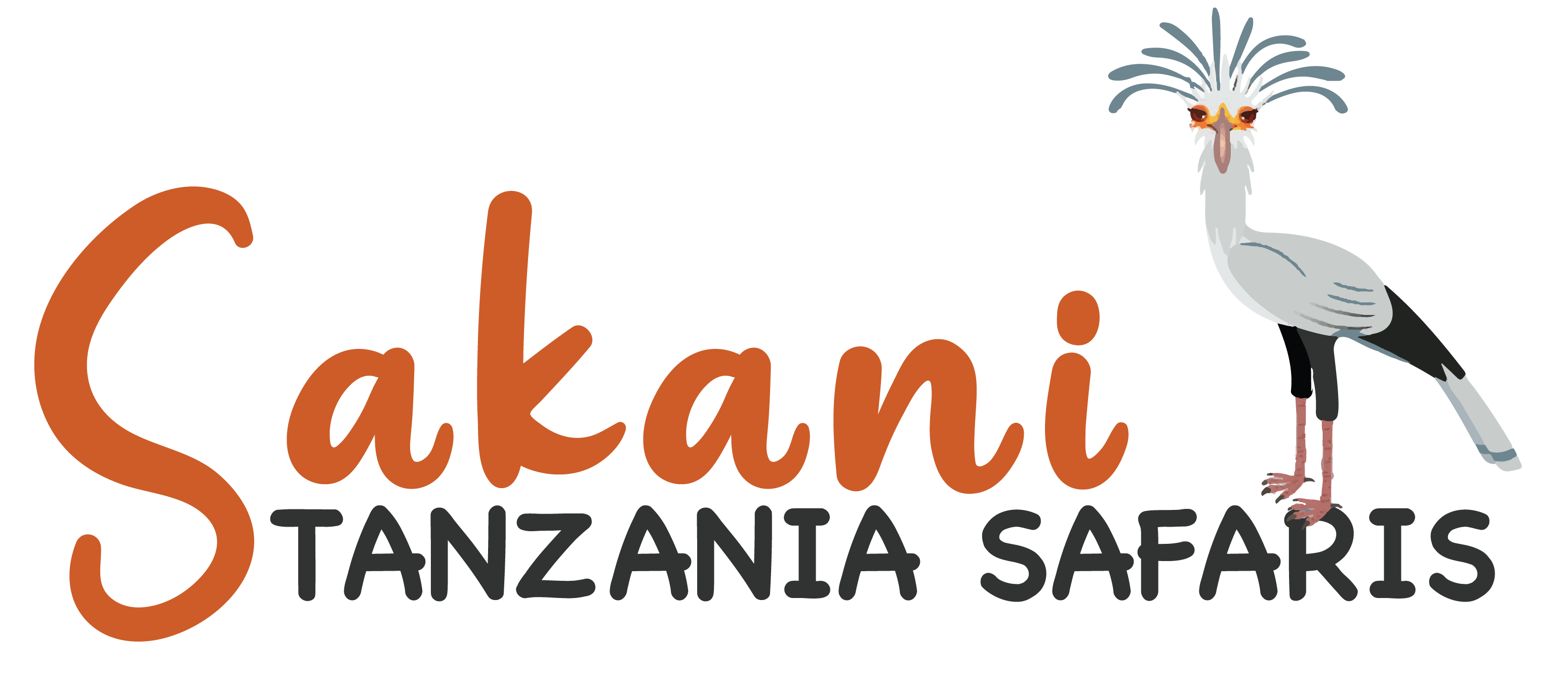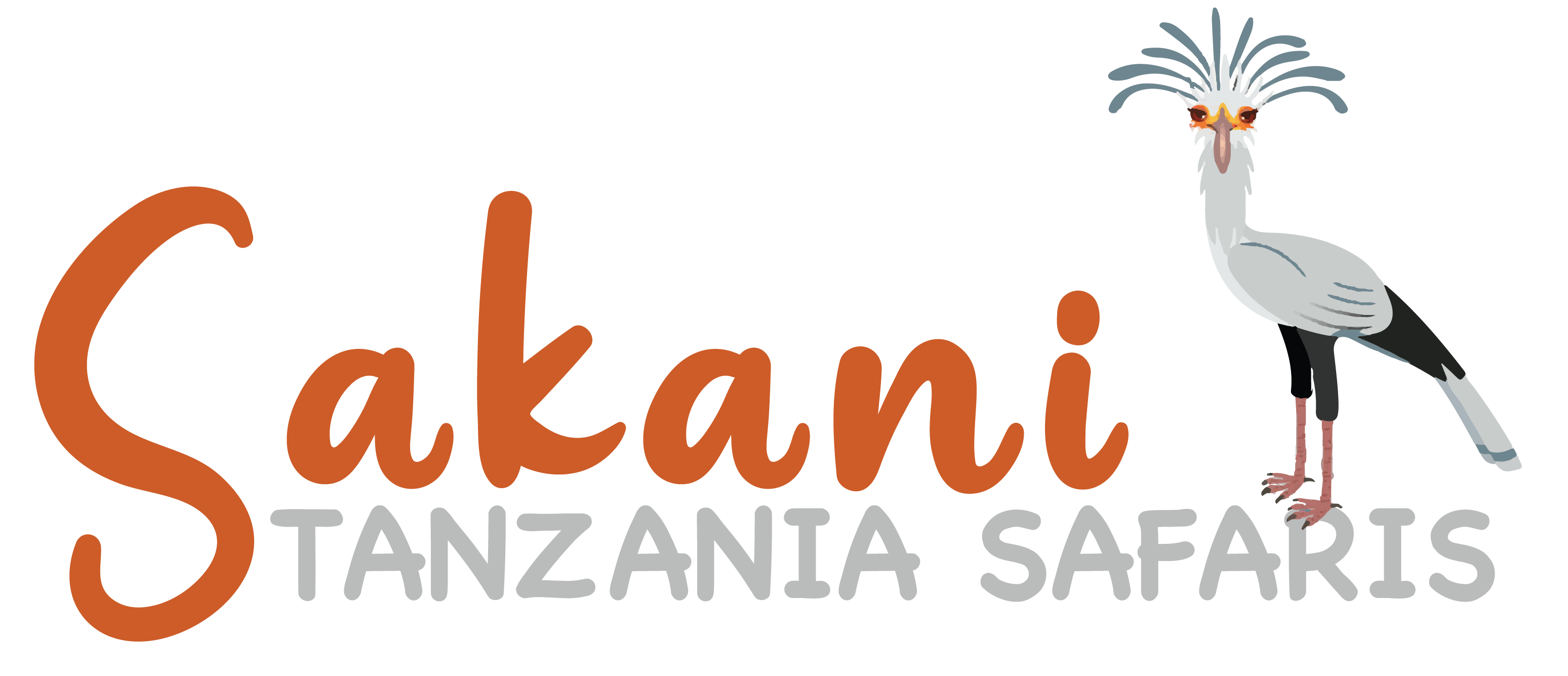Udzungwa Mountains National Park
from $191 /person
- 7-9 Hours
Udzungwa Mountains National Park was established in 1992 and covers an area of 1990km2 where geographically, 20% of the total area lies in Morogoro region while the remaining 80% being in the southern highland region of Iringa. The word “Udzungwa” comes from the word “Wadsungwa” referring to one of the native sub tribes of the “Hehe” people who once lived in the slopes of the mountains.
Udzungwa National Park harbours one of East Africa’s great forests and the biodiversity of the park contribute the most significant attractions for visitors. The diverse habitat includes tropical rainforests, mountain forests, Miombo woodlands, grasslands and steppe. The major drawcard includes its biologically diverse forest, harbouring some plant species found nowhere else in the world, from a tiny African violet to 30-metre high trees.
The spectacular mountains scenery, grasslands, rocks, rivers and waterfalls and unique collection of flora and fauna are the treasure-trove of Udzungwa National Park.
The wildlife spotted in the park includes elephants, leopards, bush bucks, duikers, palm civets, Miombo genets, elephant shrews and hyenas. In addition to the wild animals the park also harbours some species of primates. Among the primates Iringa red colobus and the Sanje crested Mangabey are the unique ones.
With more than 400 species of birds, the park is also a treat for bird-lovers. Some common birds include crowned eagles, ruppells vultures, woodland kingfishers, silvery cheeked hornbills marabous, malachite kingfishers, and trumpeter hornbills.
Your trips can be tailor-made according to your travel preferences, what you want to see, and the time of year, so don’t hesitate to let your operator know exactly what you want in your Tanzania Safari.
Wildlife Highlights
The wildlife spotted in the park includes elephants, leopards, bush bucks, duikers, palm civets, Miombo genets, elephant shrews and hyenas. In addition to the wild animals the park also harbours some species of primates. Among the primates Iringa red colobus and the Sanje crested Mangabey are the unique ones.
With more than 400 species of birds, the park is also a treat for bird-lovers. Some common birds include crowned eagles, ruppells vultures, woodland kingfishers, silvery cheeked hornbills marabous, malachite kingfishers, and trumpeter hornbills.

Subscribe Newsletter $ Get Company News.
SAKANI TANZANIA SAFARIS
- © 2024 Sakani Tanzania Safaris Ltd | All Rights Reserved.








